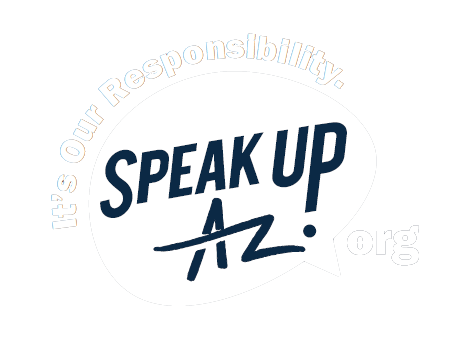DES Volunteer Opportunity: Blood Donors, the Silent Heroes
Need a New Year's resolution? How about becoming a blood donor? Every year, thousands of injuries requiring blood transfusions occur in the United States. With an estimated population of more than 320 million, blood supply shouldn't be an issue. Unfortunately, that's not the case. According to the American Red Cross, "although an estimated 38 percent of the U.S. population is eligible to donate blood at any given time, less than 10% of that eligible population actually [donates]."
January is National Blood Donor Month and donation centers around the country are imploring anyone who is able to become a donor. One of the primary reasons for people not donating is that they don't think about it. But consider this: every two seconds someone in the U.S. needs blood.
If that doesn't convince you to think about becoming a donor, consider that unlike medications that can be created in laboratories, blood cannot be manufactured, which means it can only come from donors. A single car accident victim can require as many as 100 pints of blood.
Here are some interesting facts:
- The average adult has about 10 pints of blood in his body. Roughly 1 pint is given during a donation.
- Most donated red blood cells must be used within 42 days of collection.
- Donated platelets must be used within five days of collection - new donations are constantly needed.
Those with Type O blood are in the majority. The Red Cross says "forty-eight percent of people in the U.S. have type O (positive or negative) blood." Hispanics make up 57 percent and African Americans 51 percent. Why is this important? Type O negative blood (red cells) "can be transfused to patients of all blood types," which means it is in high demand but low supply.
Some other interesting facts from the Red Cross:
- Type O negative blood is the blood most often requested by hospitals during emergencies when blood type is unknown and is also the safest for newborns needing blood.
- Only 7 percent of people in the U.S. have type O negative blood. Type O negative donors are universal red cell donors as their blood can be given to people of all blood types.
- Only 3 percent of people in the U.S. have AB positive blood type. AB positive type blood donors are universal donors of plasma, which is often used in emergencies, for newborns and for patients requiring massive transfusions.
If you've never considered becoming a blood donor, now would be a great time to join millions of others in becoming a silent hero! For more information about becoming a donor and the donation process, visit the American Red Cross for a center near you. You can also visit United Blood Services, a non-profit community blood center, serving communities across the country since 1943.
By Misty Kaufman

